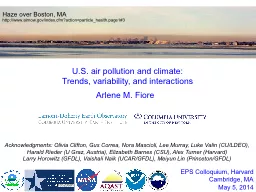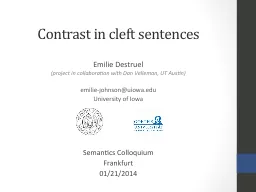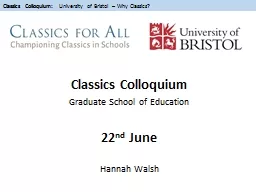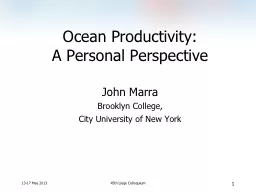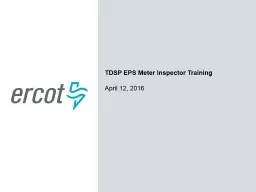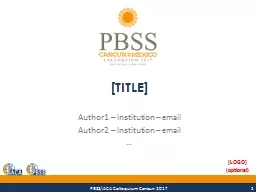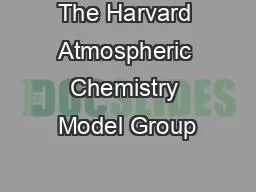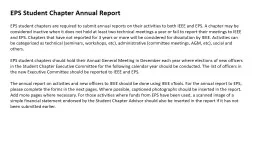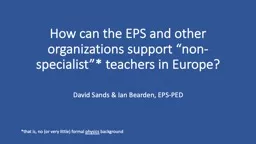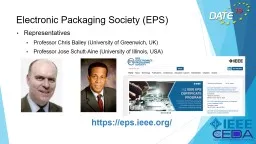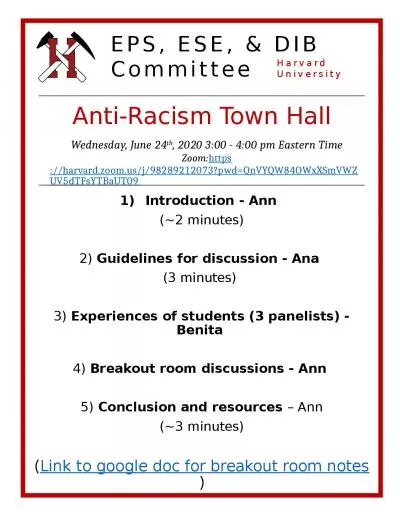PPT-EPS Colloquium, Harvard Cambridge, MA
Author : maxasp | Published Date : 2020-07-03
May 5 2014 83520601 Arlene M Fiore Acknowledgments Olivia Clifton Gus Correa Nora Mascioli Lee Murray Luke Valin CULDEO Harald Rieder U Graz Austria
Presentation Embed Code
Download Presentation
Download Presentation The PPT/PDF document "EPS Colloquium, Harvard Cambridge, MA" is the property of its rightful owner. Permission is granted to download and print the materials on this website for personal, non-commercial use only, and to display it on your personal computer provided you do not modify the materials and that you retain all copyright notices contained in the materials. By downloading content from our website, you accept the terms of this agreement.
EPS Colloquium, Harvard Cambridge, MA: Transcript
Download Rules Of Document
"EPS Colloquium, Harvard Cambridge, MA"The content belongs to its owner. You may download and print it for personal use, without modification, and keep all copyright notices. By downloading, you agree to these terms.
Related Documents

